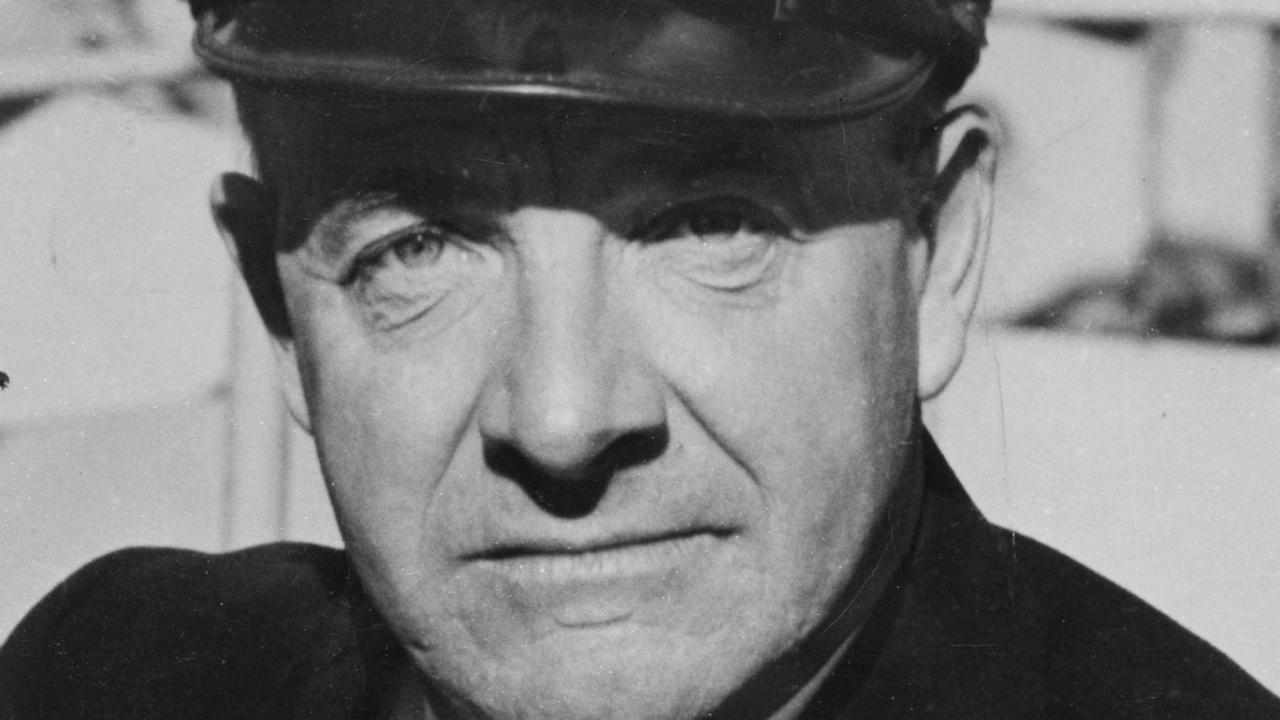Government moved heaven and earth — and even the dead — to build Central Station, the architectural marvel which put Sydney firmly on the map
CONSTRUCTION works can be noisy at the best of times, but building of Sydney’s Central Station was enough to raise the dead.

Today in History
Don't miss out on the headlines from Today in History. Followed categories will be added to My News.
It was one of Sydney’s most ambitious public works projects, one that literally involved raising the dead. The construction of Sydney’s Central Railway Station required the removal of a benevolent asylum, police barracks and a cemetery near Belmore Park.
It took four years of construction from August 1902 until the first trains rolled through 110 years ago today on August 4, 1906.
Huge crowds gathered for the opening of the station, a grand neoclassical masterpiece that some complained was too grand for Sydney and too much of an expense.
But the station stands today as a testament to the vision of those who created it. One of those visionaries was the NSW Minister for Public Works Edward William O’Sullivan. Born in Launceston in 1846, O’Sullivan had been a journalist and publisher before going into politics, elected to the Legislative Assembly for Queanbeyan in 1885. A member of the Protectionist Party, one of his main concerns was looking after workers.

When he took on the Public Works portfolio in 1899 he looked for projects that would employ hundreds of workers and build a greater state.
One major concern was rail. Sydney had seen its first railway open in 1855, running from Redfern to a junction near Parramatta. Since then the system had grown across the colony, but despite moving the terminus closer to the centre of Sydney in 1874, it remained unsuited to the burgeoning city.
It was too small and unsightly, built from cheap materials, with a tangle of unfenced train tracks, tram lines and roadways. A site was selected for a new station, moving it closer to the CBD.

This new site immediately inspired protests as it required a cemetery to be dug up. The cemetery contained some of the early Catholic priests in the colony, who were exhumed with great care and reinterred in solemn ceremony in 1901, the remains conveyed on a tramline specially extended to Botany.
Then planning for the station began. O’Sullivan sketched out a design for a grand central railway station which The Bulletin described as having “all the salient features of the Colosseum, St Paul’s, the Kremlin and a Yankee skyscraper”. The actual design work was entrusted to NSW Government Architect Walter Liberty Vernon, born in England in 1846, who had worked on various buildings around the city including the Australian Museum, and would later also design the State Library and the NSW Art Gallery.





Work began in 1902 with the demolition of the old terminus platforms and the laying of the foundations of the new building. As the magnificent structure rose, built from Hawkesbury sandstone, there were complaints O’Sullivan was spending too much on the project.
O’Sullivan saw it as his duty to give Sydney the public buildings it sorely needed, while also generating work for hundreds of people. But his detractors eventually drove him out of his ministry in 1903 and at the official opening ceremony in 1906 it was Charles Lee who would be handed the green silk flag, with an ebony gold-mounted staff, and a gold guard’s whistle, to signal the first train to move through. When O’Sullivan died in 1910 he was remembered as the man behind the great edifice and is memorialised in a plaque near Central Station.





Despite its 1906 opening, the station was actually unfinished. Platforms 1-15 and the first two levels had been completed along with familiar features such as the main concourse with its clock and indicator boards, which would become a popular meeting point. But the top two storeys, platforms 16-23 and the exterior clock tower, would be completed in the years up to 1921.
During the century, the station underwent further phases of construction for suburban and underground networks in the 1920s and the Eastern Suburbs in 1979.
The familiar indicator boards, which were replaced with TV monitors in 1982, are still preserved in the Powerhouse Museum. The station is still a work in progress, with refurbishments continuing to keep up with the ever growing flow of commuter traffic.
Originally published as Government moved heaven and earth — and even the dead — to build Central Station, the architectural marvel which put Sydney firmly on the map


